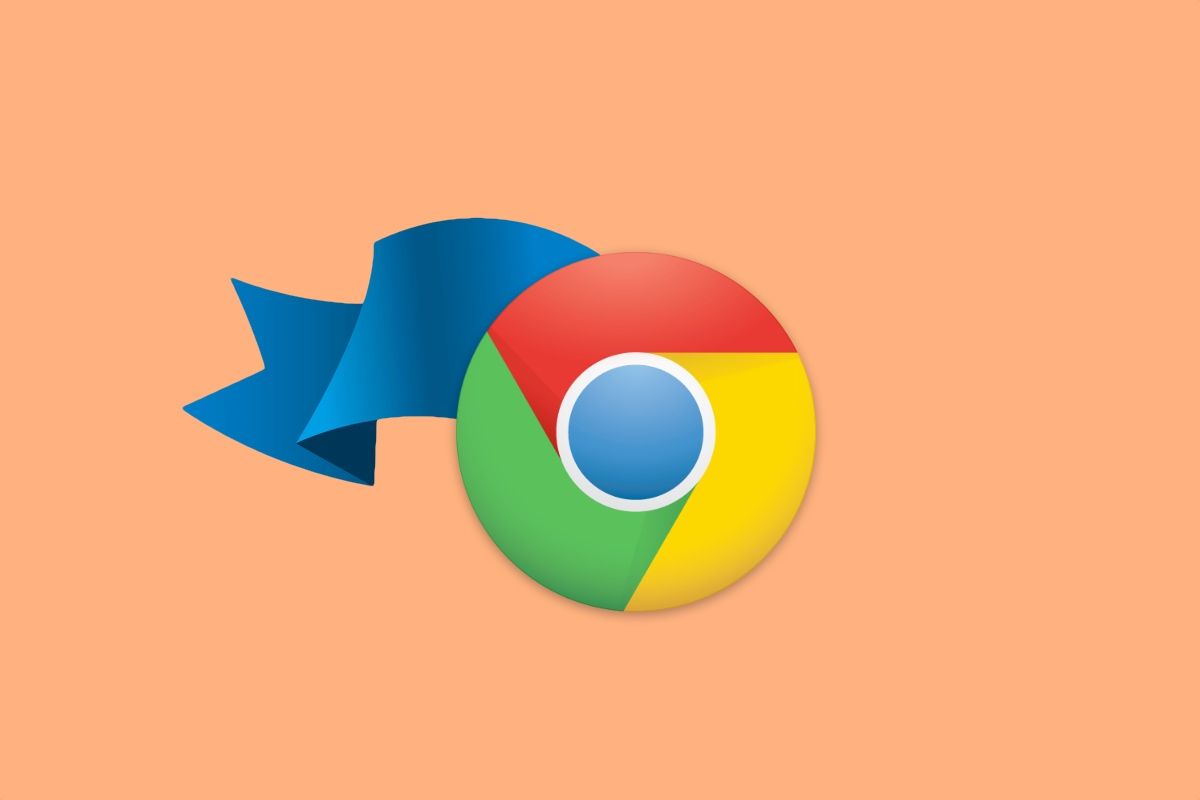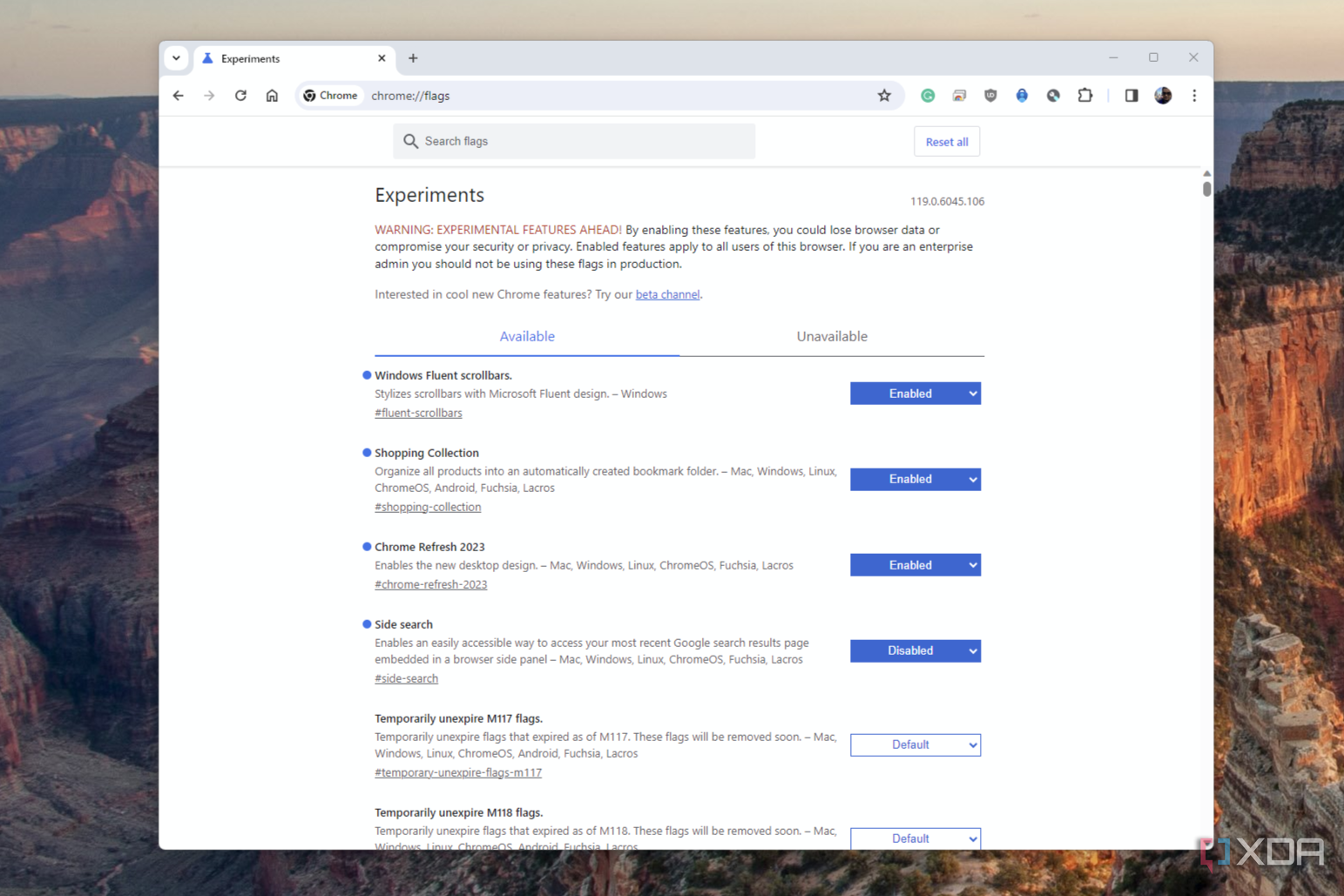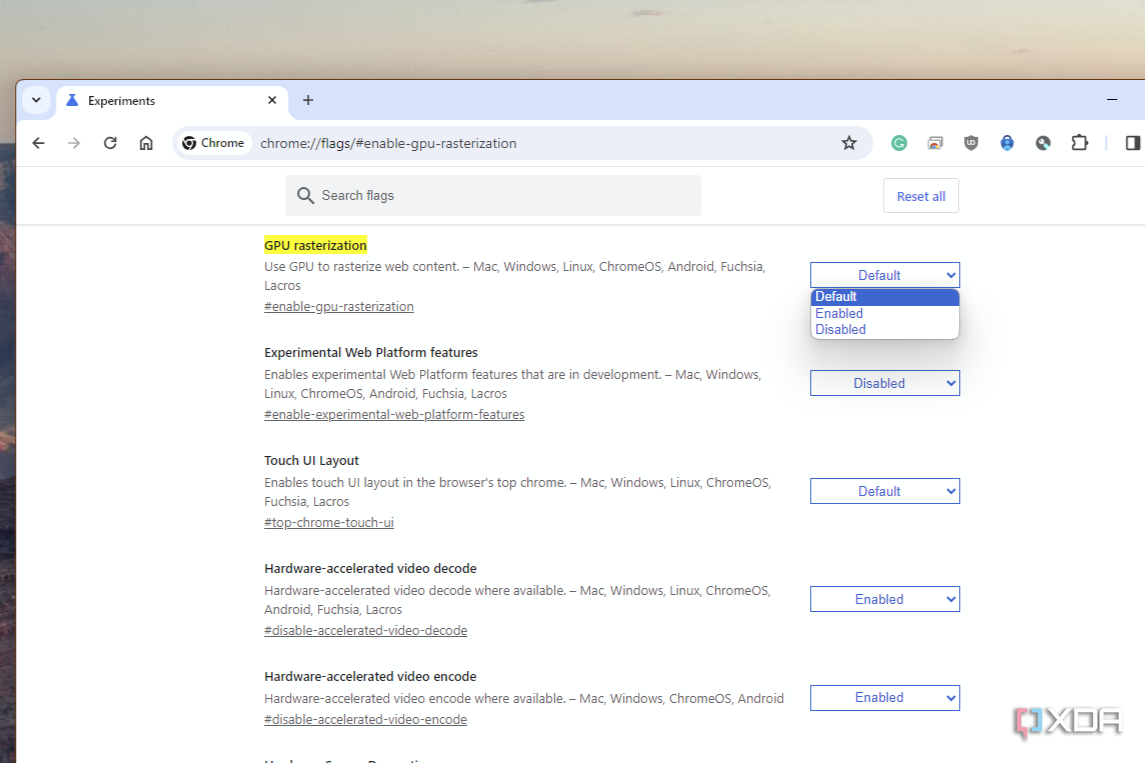
Supercharge Your Chrome Experience: 10 Must-Try Chrome Flags
Google Chrome is a powerhouse of a browser, and it's especially useful if you're working with a Chromebook. While Chrome's standard features are impressive, power users can unlock a new level of customization and performance with Chrome Flags. These experimental features, hidden beneath the surface, offer tweaks and enhancements to tailor your browsing experience to your specific needs.
Want to dive into the world of Chrome Flags? Here's everything you need to know.
What are Chrome Flags?
Chrome Flags are experimental features that Google developers are tinkering with for potential inclusion in future versions of Chrome or ChromeOS. Some flags are specific to ChromeOS, while others work across different operating systems. These features are often works in progress, meaning they might be buggy or unstable. Flags are eventually removed as they either become a part of a stable Chrome release or are discarded.
Think of Chrome Flags as a playground for early adopters. They allow you to test upcoming features before they're officially launched. However, remember the "experimental" tag – enabling flags may lead to unexpected behavior or even browser instability.
Important Note: Chrome Flags are not tested for online security protocols, which means financial transactions might be at risk when using them.
How to Enable Chrome Flags: A Step-by-Step Guide
Enabling Chrome Flags is surprisingly simple, regardless of your operating system. Here's how to do it:
- Open Chrome and Access the Flags Page: Type
chrome://flags/into your address bar and press Enter. This will take you to the hidden Chrome Flags page.
- Browse or Search: The Flags page presents a long list of options. You can scroll through the list or use Ctrl+F (or Command+F on a Mac) to search for a specific flag by name or tag.
- Enable the Flag: Once you find the desired flag, use the drop-down menu to change its status from "Default" to "Enabled."

- Relaunch Chrome: After enabling a flag, you'll need to relaunch Chrome for the changes to take effect. A button will appear at the bottom of the page prompting you to relaunch.
You can also enable a specific flag by typing chrome://flags/#tag into the address bar. Replace #tag with the actual tag of the Flag you want to enable.
Managing Enabled Flags and Resetting to Default
Keeping track of which Chrome Flags you've enabled can be tricky. Here are a few things to keep in mind:
- Enabled Flags are listed at the top of the
chrome://flags/page. - If you encounter issues after enabling a flag, you can:
- Disable it using the drop-down menu on the Flags page.
- Reset the flag to its default state using the drop-down menu.
- Click the "Reset all" button at the top of the page to disable all enabled flags.
Top 10 Chrome Flags to Try Right Now
Ready to experiment? Here are 10 Chrome Flags to boost your browsing experience:
- GPU Rasterization (
chrome://flags/#enable-gpu-rasterization): Offload graphics processing to your GPU for faster page loading. Ideal for users with dedicated graphics cards. Instead of relying solely on the CPU, the GPU handles the conversion of vector graphics into pixels on your screen, potentially speeding up webpage loading times. - Fluent Scrollbars (
chrome://flags/#fluent-scrollbars): Integrate Windows 11's stylish scrollbars into Chrome for a consistent aesthetic. - Chrome Refresh 2023 (
chrome://flags/#chrome-refresh-2023): Give Chrome a visual makeover with rounded corners, larger buttons, and a Material You-inspired design. - Back-Forward Cache (
chrome://flags/#back-forward-cache): Enable aggressive caching for instant back/forward navigation, improving the user experience. This flag can significantly speed up webpage loading times when navigating back and forth between pages. When enabled, Chrome caches more webpages, which leads to faster loading times when clicking the back button. - Smooth Scrolling (
chrome://flags/#smooth-scrolling): Enjoy buttery-smooth scrolling for a more pleasant browsing experience. A great usability enhancement that makes scrolling through long articles or websites much more fluid and visually appealing. - Parallel Downloading (
chrome://flags#enable-parallel-downloading): Accelerate downloads by splitting files into smaller chunks. - Top Chrome Touch UI (
chrome://flags#top-chrome-touch-ui): Force Chrome to always use tablet mode, useful for touchscreen devices and a more touch-friendly interface. - Force Dark Mode for Web Contents (
chrome://flags/#enable-force-dark): Enable dark mode on every website, perfect for late-night browsing. - Shopping Collection (
chrome://flags/#shopping-collection): Automatically organize open shopping websites into a handy bookmark folder, which streamlines your online shopping experience. - (ChromeOS Only) Borealis Enabled (
chrome://flags/#borealis-enabled): Unlock Steam on your Chromebook (requires ChromeOS Beta channel).
Beyond Flags: More Ways to Customize Chrome
Chrome Flags are just one way to personalize your browsing experience. You can also explore Chrome Themes or install Android and Linux apps (if supported on your system). Always exercise caution when installing extensions and apps from untrusted sources.
Final Thoughts
Chrome Flags offer a peek into the future of Chrome, allowing you to experiment with cutting-edge features and fine-tune your browser to your exact preferences. Just remember to proceed with caution, as these features are experimental and may cause instability. With a little experimentation, you can unlock the full potential of Google Chrome and create a truly personalized browsing experience.